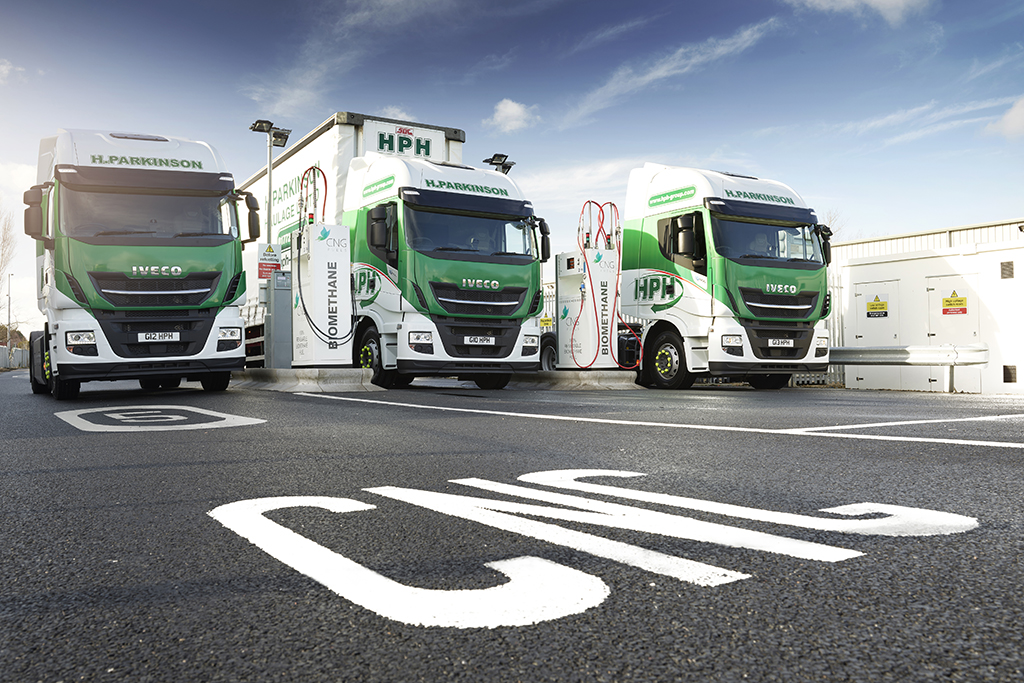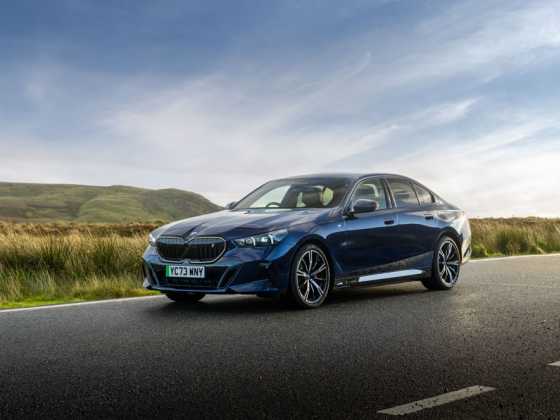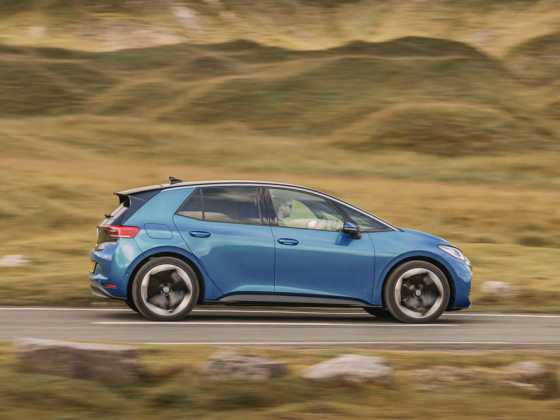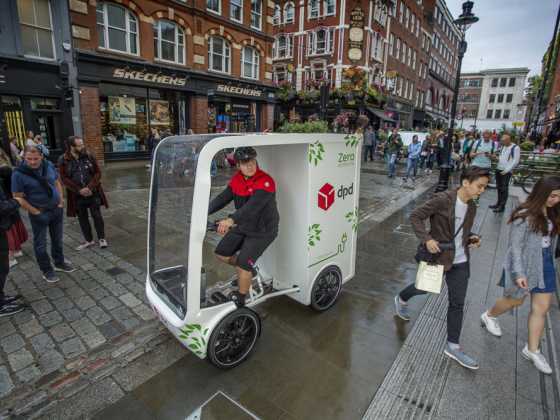Gas-powered greener logistics

Logistics firm H Parkinson Haulage has added seven Iveco trucks powered by compressed biomethane to its fleet, to lower the emissions of its high mileage contracts. The firm’s general manager Steve Sugden explains how the vehicles are used and how they fit into the firm’s wider green goals
What does H Parkinson Haulage do?
H Parkinson Haulage (HPH) has more than 60 years of experience in the haulage industry covering the whole of the UK for next-day, two-day and three-day delivery including timed delivery, offering a 24-hour service.
The company also offers warehousing for customer storage, on-site repair and maintenance for vehicles, and a DVSA authorised test facility.
What led to the decision to buy alternatively‑fuelled trucks?
We care passionately about our impact on the environment; it is not just the responsibility of supermarkets and global operators to reduce harmful emissions so as a family-owned firm, we took the decision to make significant investment in low-emission vehicles and trailers.
These vehicles will be doing nearly a quarter of a million miles a year each – so it was vital for us and our customers to reduce their environmental impact.
We trialled demonstrators from two manufacturers of natural gas-powered tractor units before selecting Iveco.
These seven alternatively-fuelled vehicles are in addition to our 95-strong fleet.
How will the trucks be used?
The seven Iveco trucks will be used on a dedicated contract, transporting lightweight fast-moving consumer goods from production site to regional distribution centres. Each vehicle will cover over 350,000 km per year on this operation.
How are the Stralis NPs refuelled?
The vehicles are fuelled at CNG Fuels’ Leyland site, which is only one mile from the regional distribution centre we deliver to. This was a key reason for choosing CNG powered vehicles.
Research by Cadent Gas in 2017 found an 84 per cent drop in carbon dioxide emissions from HGVs using the UK’s first gas filling station connected to a high-pressure pipeline.
What makes biomethane CNG a greener choice?
Biomethane differs from fossil-derived CNG/LNG as it is emitted from the decomposition of food and animal waste, collected in an anaerobic digester and then injected into the grid. By using (bio)methane to power a gas vehicle the harmful effects of waste gases are significantly reduced, as only carbon dioxide and water remain after combustion.
How much are you saving in emissions and costs?
The seven CNG vehicles using biomethane will have a well‑to‑wheel reduction in the region of 1,700 tonnes per year. Fuel costs are considerably lower but capital cost of the equipment and associated running costs are considerably higher, so actual cost of ownership is yet to be seen.
How have the drivers taken to the new CNG trucks?
The drivers are very happy with the CNG trucks. They have observed that the vehicle trim level and comfort is exceptional, noise levels are much lower than conventional diesel trucks, and the re-fuelling process is much cleaner, simpler and safer.
Are you greening your operations in any other ways?
We have introduced a significant amount of longer semi-trailers (15.65m) to reduce the amount of miles we drive. We also monitor driver performance through telematics and conduct driver training. We are also in the process of trailing energy-efficient tyres.
What are your future plans for greening the rest of the fleet?
As the refuelling infrastructure develops, we will review other operations to see if CNG is a viable option. As new technologies such as electric vehicles become viable, we will also look into using them.
What do you see as the biggest challenges for HGV fleets?
The biggest challenges for the freight sector at the moment are driver shortages, fuel price, road congestion and increasing operating costs.
What advice would you give to other fleets looking to buy greener trucks?
Fleet operators should make sure they understand what they are trying to achieve and trial all possible alternative technologies. They should fully understand all cost implications and measure total cost of ownership, not just fuel cost savings. What’s more, fleets should share their achievements with customers and the industry in general, as green publicity can open doors.






